Description
If you want a whistle in high E, E-flat or D, you may want to consider the advantages of getting it as a Leading Tone Whistle, with seven holes. Please read on for the reasons to consider this.
The Leading Tone Whistles are seven-hole whistles that allow the player to reach down to the leading tone (i.e. low C-sharp on a D whistle) which is situated one-half step below the usual bottom tonic note of the tin whistle. This very small seventh hole is operated by the pinky of the bottom hand. The hole’s position does not interfere with the common use of the pinky as a balance finger. There is plenty of room to rest it in its normal place, simply reaching down a bit further as needed to play the low leading tone.
This extra hole can also be used to play the leading tone in the upper register, providing a second, alternative fingering for that note.
Very importantly, one can use the seventh hole to play the Irish ornament/articulation called a “strike” (also known as a “tap” or “tip”) on the low tonic note (e.g. D on a D whistle). This cannot be done on a standard six-hole whistle. And, since you can strike D, you can also play the Irish ornament called a “roll” on D. This is a great bonus when playing Irish music. These added capabilities are also valuable in other musical traditions such as Scottish and Gallician.
You may also use the seventh hole to produce finger vibrato on the second note of the scale (i.e. E on a D whistle), something which cannot be done on a six-hole whistle. And, one can simply ignore the extra hole to play in the traditional six-hole manner.
Use of the low leading tone is quite common with traditional Irish tunes, and even more so with Galician traditional music.
Listen to Grey Larsen play the Carbony Session Whistle in D and the Carbony High Whistle in D, for the sake of tonal comparison. The tune is the traditional Irish reel The Sunny Banks. You may also listen to him play a Leading Tone Whistle in D to demonstrate the use of the low and high leading tone fingerings. On that whistle he plays the traditional Irish polka The Gullane and the traditional Irish jig The Rose and the Heather.
- Carbony Session Whistle in high D
- Carbony High Whistle in high D
- Carbony Leading Tone Whistle in high D
For sound comparison, below are videos of the Carbony Session D whistle and the Carbony Quiet whistle in D.
During the pandemic we have instituted a 30-day return policy for Carbony whistles, based on the date the instrument arrives at your door instead of the purchase date. This provides a no-risk opportunity to try a Carbony and return it to us for a refund if you feel it is not right for you. We will pay 50% of the cost of return shipping.
From the Carbony website: The thin wall process of the Carbony tapered whistle design gives warm response of the lower octave. When playing with other instruments these notes are rarely heard, but not with Carbony™ composite! Our material resonance enhances lower frequencies and mutes upper register shrillness producing a volume balance in all registers.
All whistles now have our revision four fipple design. Our patented two-piece design enables machining accuracy of 0.001″. Our two-piece assembly also facilitates optimal material selection. The blade/body is machined from aluminum and anodized for hardness, creating a stiff precise blade for maximum oscillation. The tip/windway is machined from marbled ebonite, the same material used to make saxophone and clarinet mouthpieces. Safe to put in mouth and durable enough to honor our lifetime warranty.The interface of the carbon fiber body is precision ground to mate with the fipple to form a tuning slide required in all professional grade whistles.
The Carbony™ tapered design is based on the Copeland tradition and we were fortunate to have Michael Copeland play an early design and offer both encouragement and his perspective of whistle making.
Carbony™ instruments are:
• Virtually indestructible – material will not crack, break or rot
• Geometrically stable – over all temperatures and humidities
• Stays as built – no warping or drying out over time
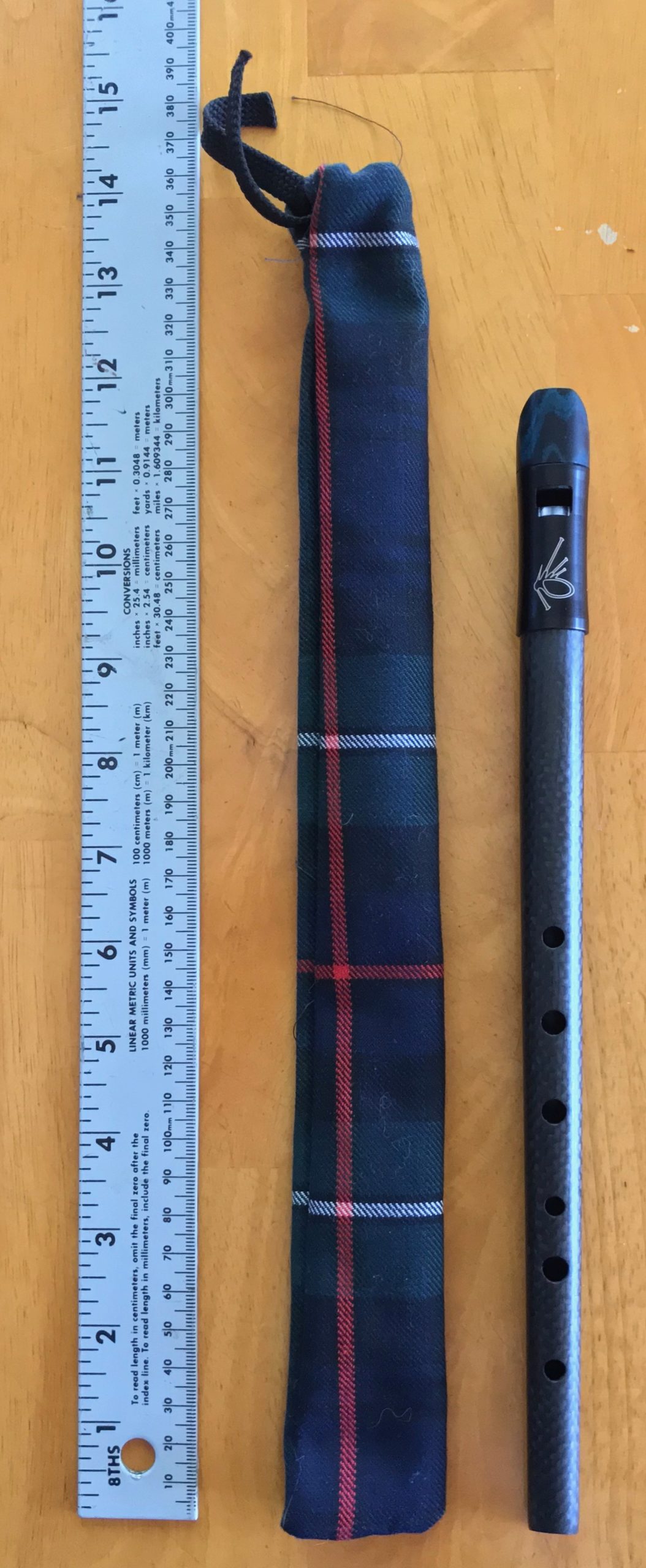







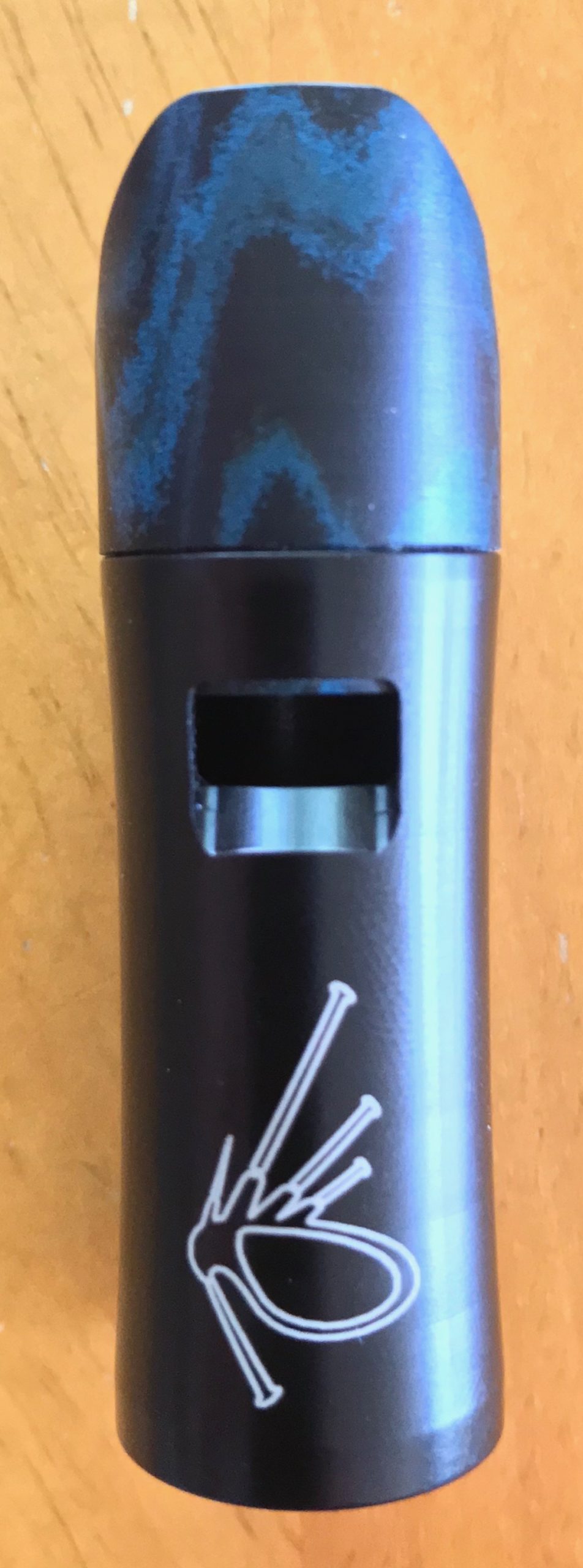
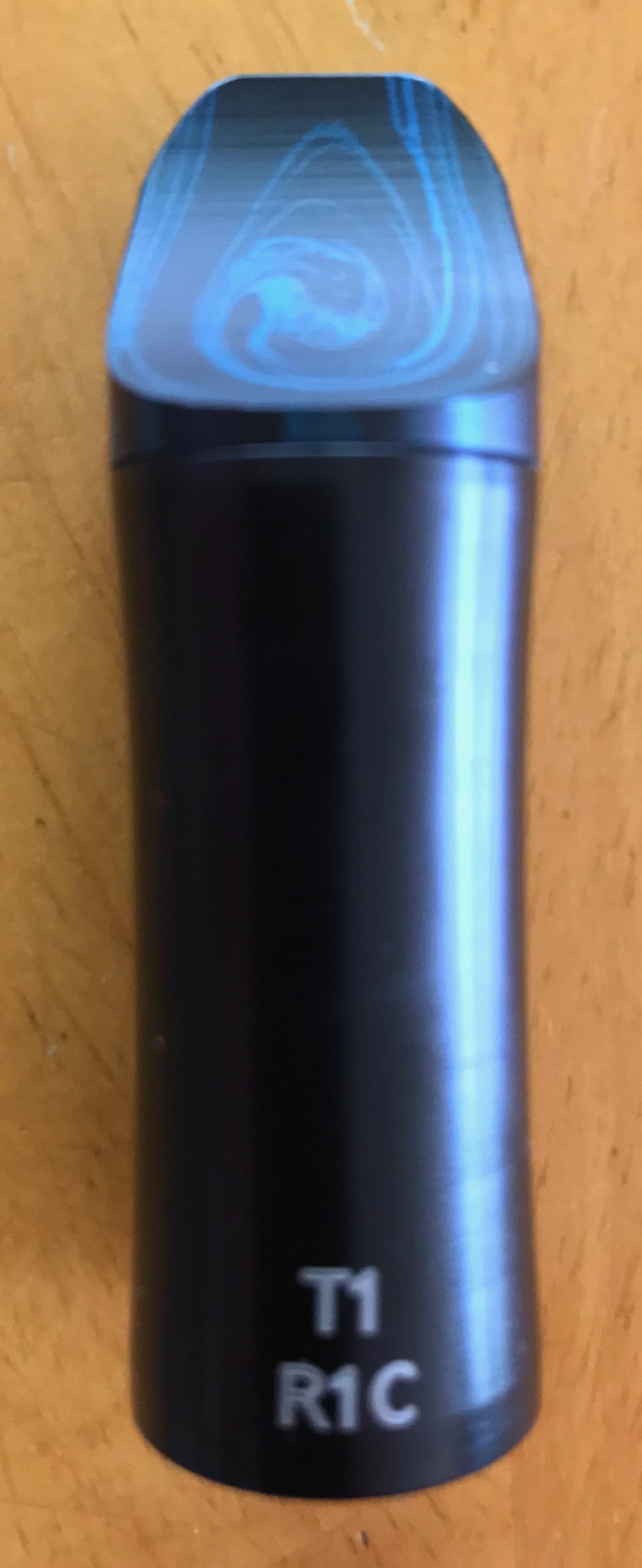
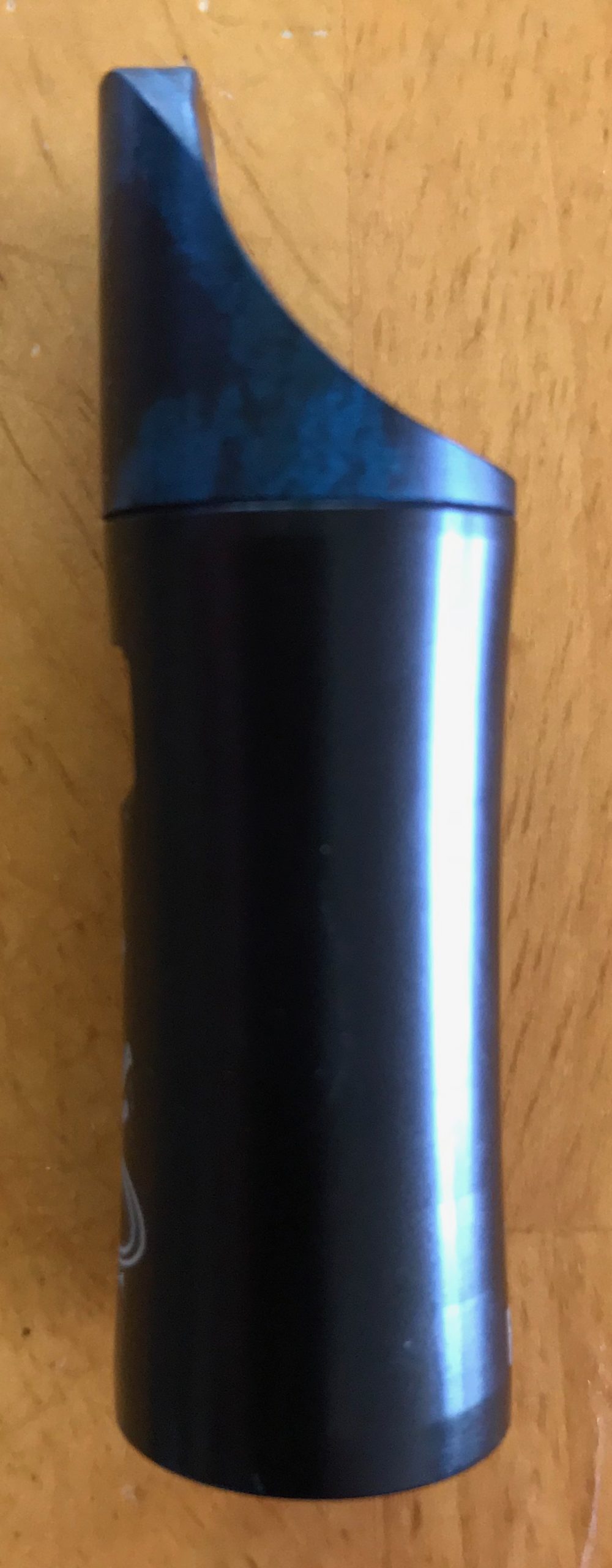
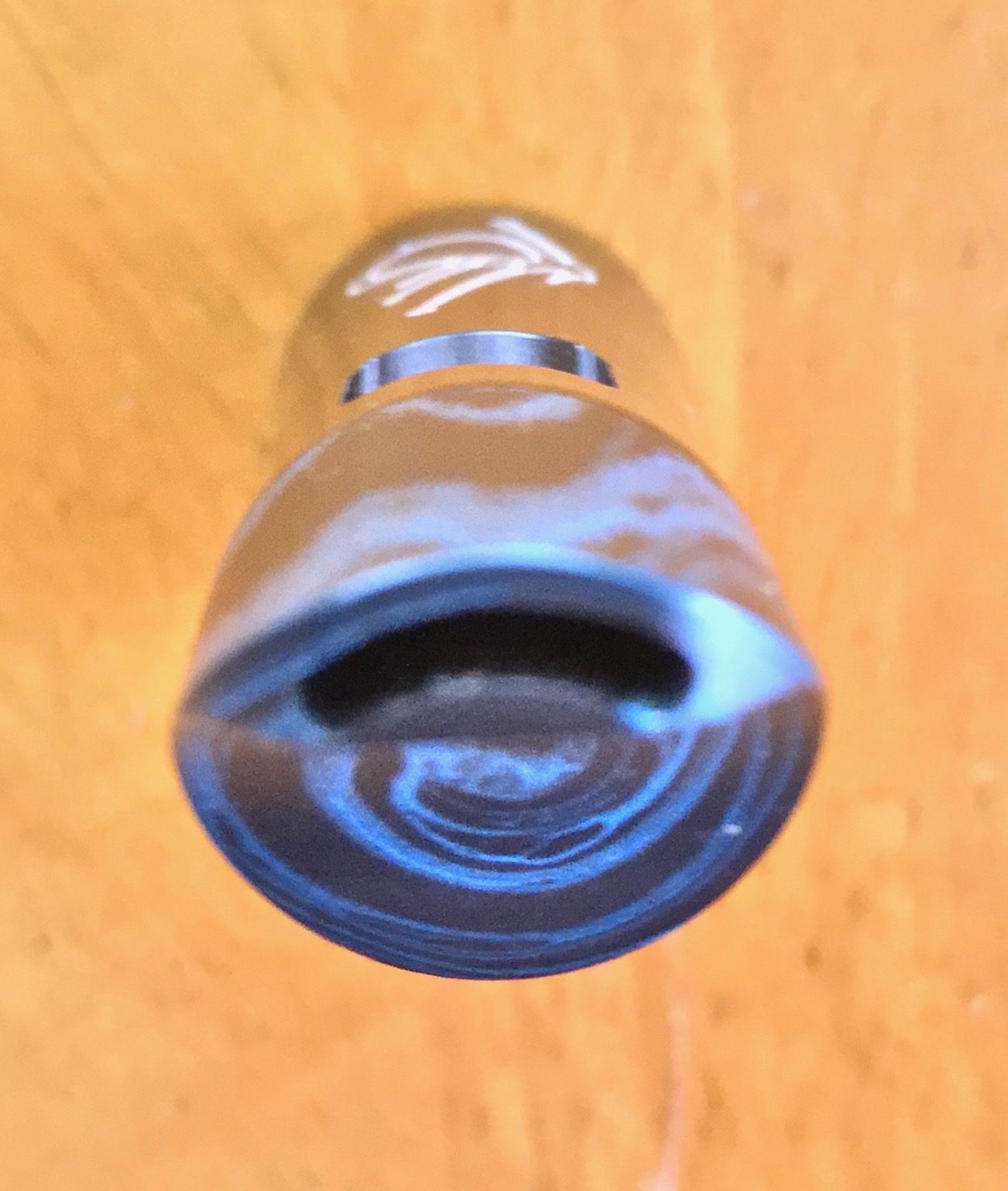
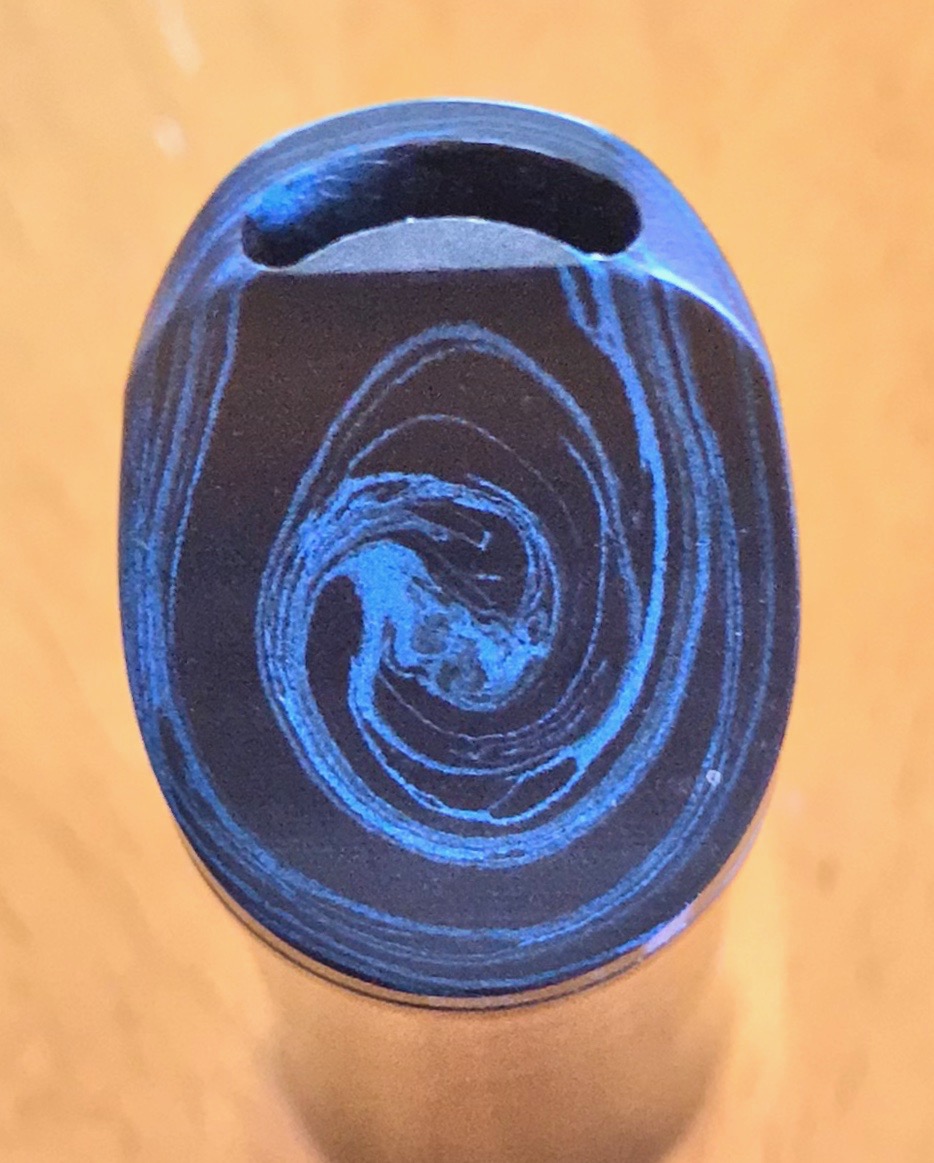

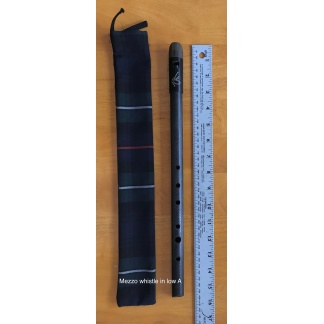
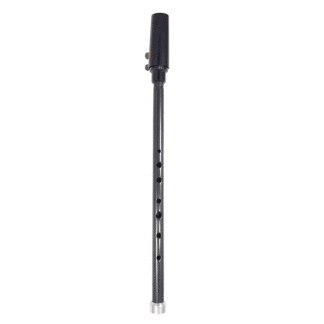
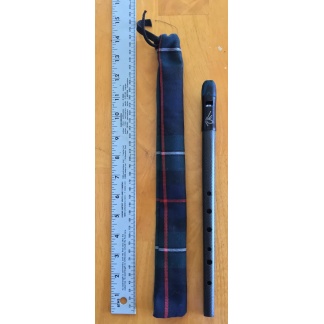
Reviews
There are no reviews yet.